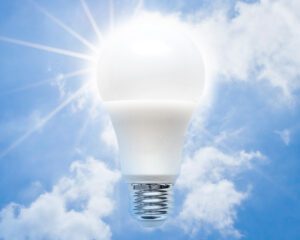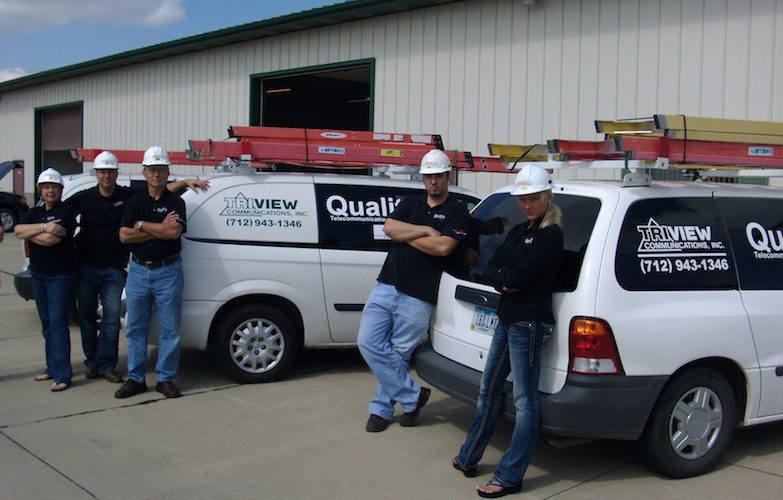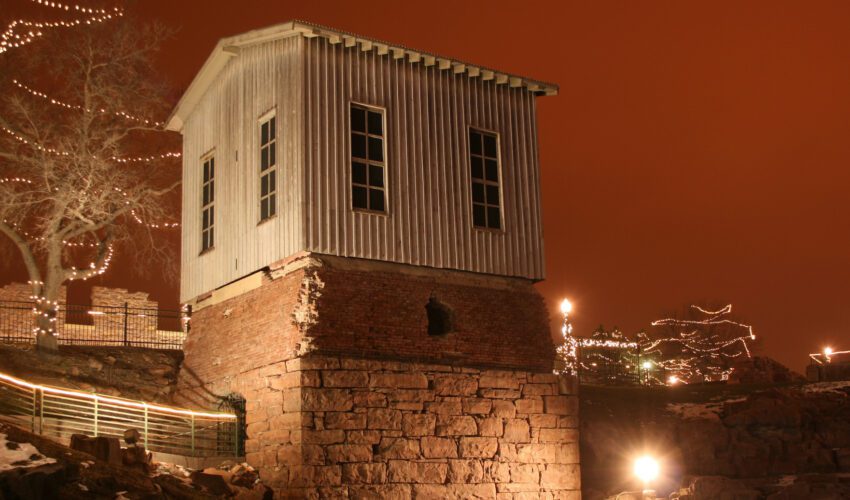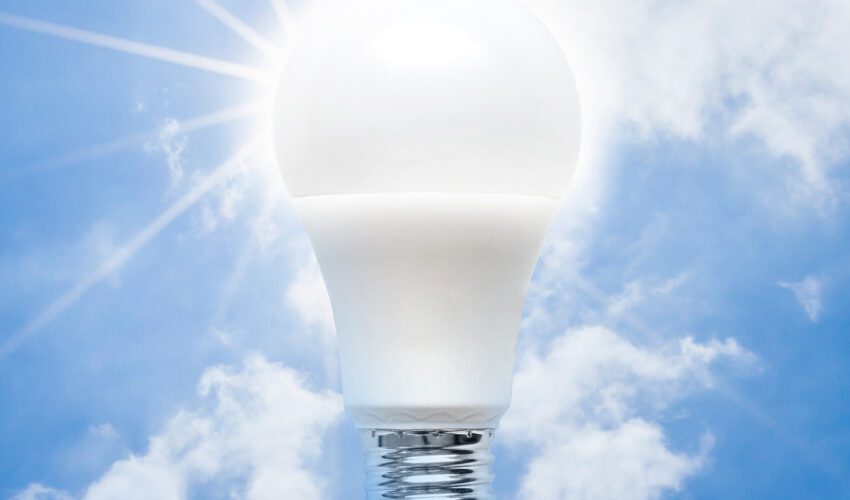Powerful news: Energy-efficiency deduction becomes permanent
Feb. 2, 2021
This paid piece is sponsored by Eide Bailly LLP.
Are you an architect, engineer or designer of a government-owned building? Or do you own a building or lease commercial space? If so, you will want to take advantage of a change in a deduction that was set to expire in 2020.
A recently enacted spending package made permanent the Section 179D deduction, which pertains to energy efficiencies added to commercial property.
What is Section 179D?
179D is a section of the tax code that provides a deduction of up to $1.80 per square foot for energy-efficient commercial building property. EECBP qualified for the deduction includes interior lighting, the building envelope and mechanical systems.
The deduction is available in an open tax year to those who have built and renovated their property since 2006, as well as those who have designed or built government-owned buildings, such as architects, engineers and contractors.
How much is the deduction worth?
The maximum 179D deduction is $1.80 per square foot of qualifying property. As an example, a 100,000-square-foot building may qualify for up to a $180,000 deduction under 179D.
Government-owned buildings
Who can take advantage of the deduction?
The “designer” of government-owned EECBP is eligible for the deduction. A designer creates the technical specifications for installation of EECBP and could include architects, engineers, general contractors and subcontractors. However, a person who merely installs, repairs or maintains the property is not a designer. Note: Projects may have more than one qualifying designer. It is advantageous to pursue this deduction as early in the process as possible. If you were the designer of the EECBP of a government-owned facility placed in service in an open tax year — typically the past three tax years — you could benefit from the 179D deduction.
One recent example
Eide Bailly worked with an architectural firm that designed the EECBP for several government-owned buildings to obtain the 179D deduction, spanning the prior three tax years. A total of 799,000 square feet was analyzed, netting the firm an $872,400 deduction.
Privately owned buildings
Who can take advantage of the 179D deduction?
Privately owned properties placed in service as of Jan. 1, 2006, could benefit from the 179D deduction. The deduction is available for building owners, as well as tenants who pay for and are depreciating the energy-efficient improvements.
One recent example
Eide Bailly worked with a manufacturing company to obtain the 179D deduction. The manufacturing facility underwent a 183,000-square-foot expansion, which included installation of both energy-efficient HVAC and lighting. By gathering the necessary information and completing the certification, the client received over $325,000 in deductions on its current year tax return.
How is the deduction obtained?
To claim the 179D deduction, energy savings must be certified by an unrelated “qualified individual” who is a contractor or professional engineer licensed in the same jurisdiction as the building. A site visit of the property is required, as well as energy modeling that uses software approved by the Department of Energy.
Eide Bailly’s in-house energy incentives team includes professional engineers and energy modelers who are able to generate and certify these deductions.








